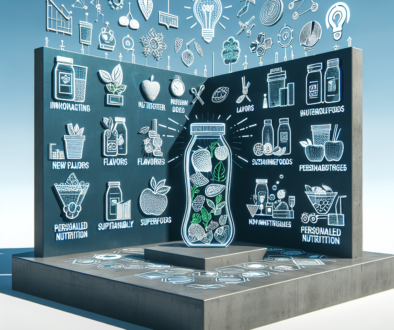Changes In Scleral Collagen And Elastic Modulus In Experimental Highly Myopic Eyes
Keywords
High Myopia,Sclera,Collagen,Elastic Modulus High,Myopia,Sclera,Collagen,Elastic,Modulus
Abstract
Objective To explore the changes in collagen and elastic modulus of scleral tissue in experimental high myopia eyes, and to further clarify the mechanism of high myopia. Methods 1. Twenty randomly selected unilateral eyelids of New Zealand white rabbits were sutured to establish an animal model of high myopia. The other eyeball was a normal control eye. After 60 days of modeling, the axial length of the eyeball was measured to determine the success of the modeling; sclera from different parts were obtained. Tissue (anterior, equatorial and posterior sclera), a part of the sclera was made into a scleral strip, and the elastic modulus of the sclera was tested using an Instron 5544 testing machine. After a part of the scleral tissue was fixed, HE staining was performed to observe the scleral structure. After a part of the scleral tissue was fixed, Collagen fibrils were observed under an electron microscope, and a portion of the scleral tissue homogenate was used to detect the concentration of hydroxyproline to determine the collagen content. Results As age increases, the elastic modulus and collagen content of scleral tissue continue to increase, and the diameter of collagen fibrils continues to increase. The elastic modulus and hydroxyproline content of the posterior sclera of highly myopic eyes were significantly smaller than that of normal eyes, and the diameter of collagen fibrils was smaller than that of normal eyes, while there was no significant difference between the front and middle sclera. Conclusion During the development of high myopia, the posterior sclera undergoes remodeling, and the arrangement of collagen fibrils and collagen content change, resulting in a decrease in the biomechanical properties of the posterior sclera and prone to expansion and deformation, thereby causing myopia. The research results lay the foundation for subsequent use of collagen as a target to prevent and treat high myopia in the early stages of growth and development. Objective To investigate changes in the collagen expression and elastic modulus in scleral tissues of experimental high myopia, so as to further explain the mechanism of high myopia. Methods Twenty one-month-old New Zealand white rabbits were monocularly treated by eyelid suturation randomly to build an experimental high myopia eye model. Eyes without such operation were set as the normal control. After 60 days, the experimental high myopia eye models were successfully established by measuring the eye axis. The eyeballs were obtained to assess three regions of the sclera (anterior , equatorial, and posterior area). The three regions of the scleral tissues were separately divided into four groups. The first group was made into scleral strips for elastic modulus measurement using an Instron5544. The second group was hematoxylin-and-eosin stained for observation of the scleral structures. The third group was used for electron microscopy to observe the size distribution of collagen fibrils. The last group was homogenized, and the concentration of hydroxyproline was measured to determine the collagen content. Results The elastic modulus, collagen content, and diameters of the collagen fibrils of each scleral region increased with age. The posterior sclera of high myopia had looser collagen fibril arrangement, less hydroxyproline concentration, and lower elastic modulus than the normal eyes. However, there was no significant difference as for the anterior and equatorial sclera. Conclusions The remodeled posterior sclera of high myopia has a looser collagen fibril arrangement, less collagen, and lower elastic modulus, which easily causes expansion and deformation and thus lead to high myopia. The research findings provide the theoretical guidance for high myopia prevention by targeting the collagen during early development.
For further information of this article and research, feel free to contact our team for asssitance.
Original research was done by Wang Congcong, Xie Yongfang, Wang Guohui
About ETChem
ETChem, a reputable Chinese Collagen factory manufacturer and supplier, is renowned for producing, stocking, exporting, and delivering the highest quality collagens. They include marine collagen, fish collagen, bovine collagen, chicken collagen, type I collagen, type II collagen and type III collagen etc. Their offerings, characterized by a neutral taste, and instant solubility attributes, cater to a diverse range of industries. They serve nutraceutical, pharmaceutical, cosmeceutical, veterinary, as well as food and beverage finished product distributors, traders, and manufacturers across Europe, USA, Canada, Australia, Thailand, Japan, Korea, Brazil, and Chile, among others.
ETChem specialization includes exporting and delivering tailor-made collagen powder and finished collagen nutritional supplements. Their extensive product range covers sectors like Food and Beverage, Sports Nutrition, Weight Management, Dietary Supplements, Health and Wellness Products, ensuring comprehensive solutions to meet all your protein needs.
As a trusted company by leading global food and beverage brands and Fortune 500 companies, ETChem reinforces China’s reputation in the global arena. For more information or to sample their products, please contact them and email karen(at)et-chem.com today.



